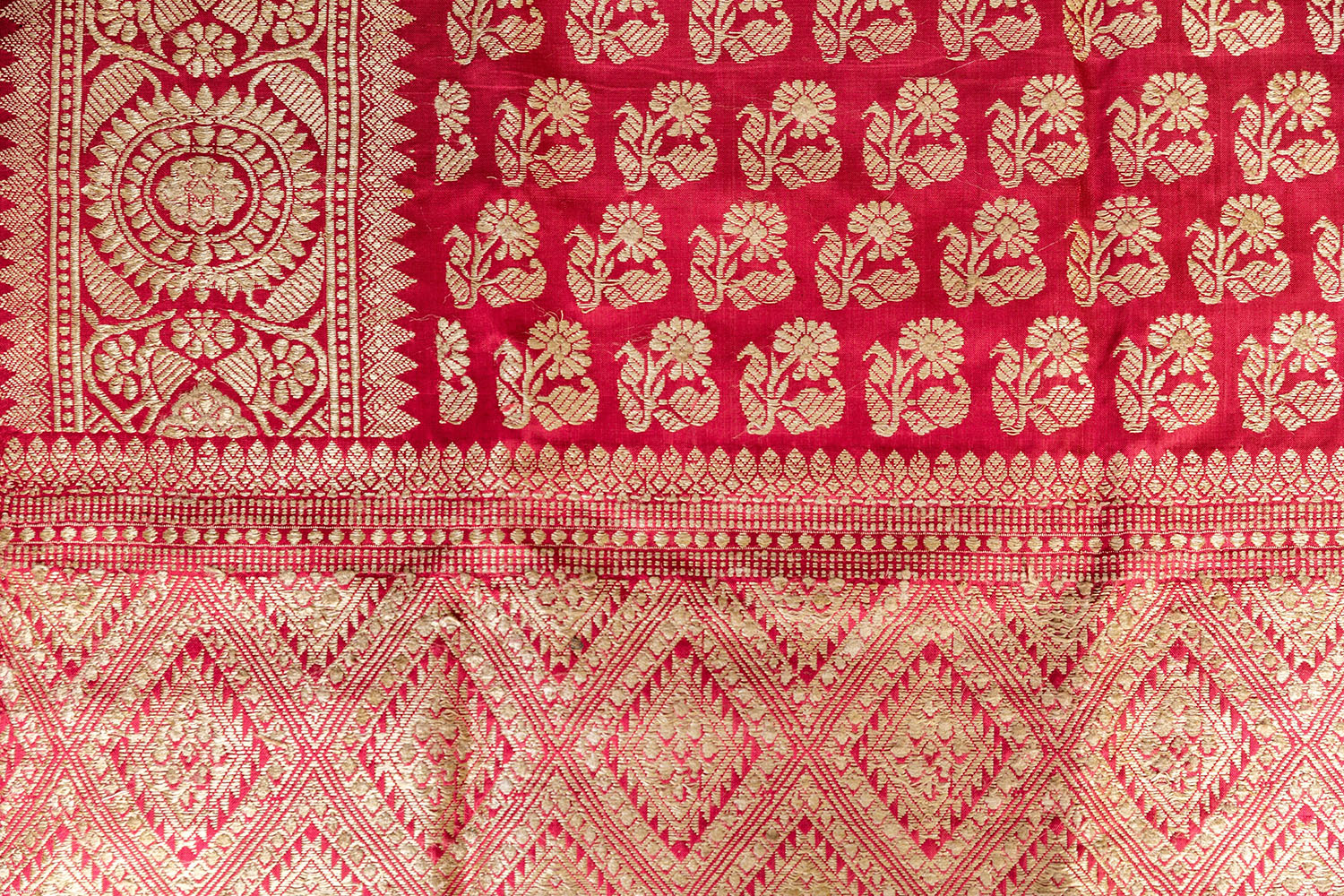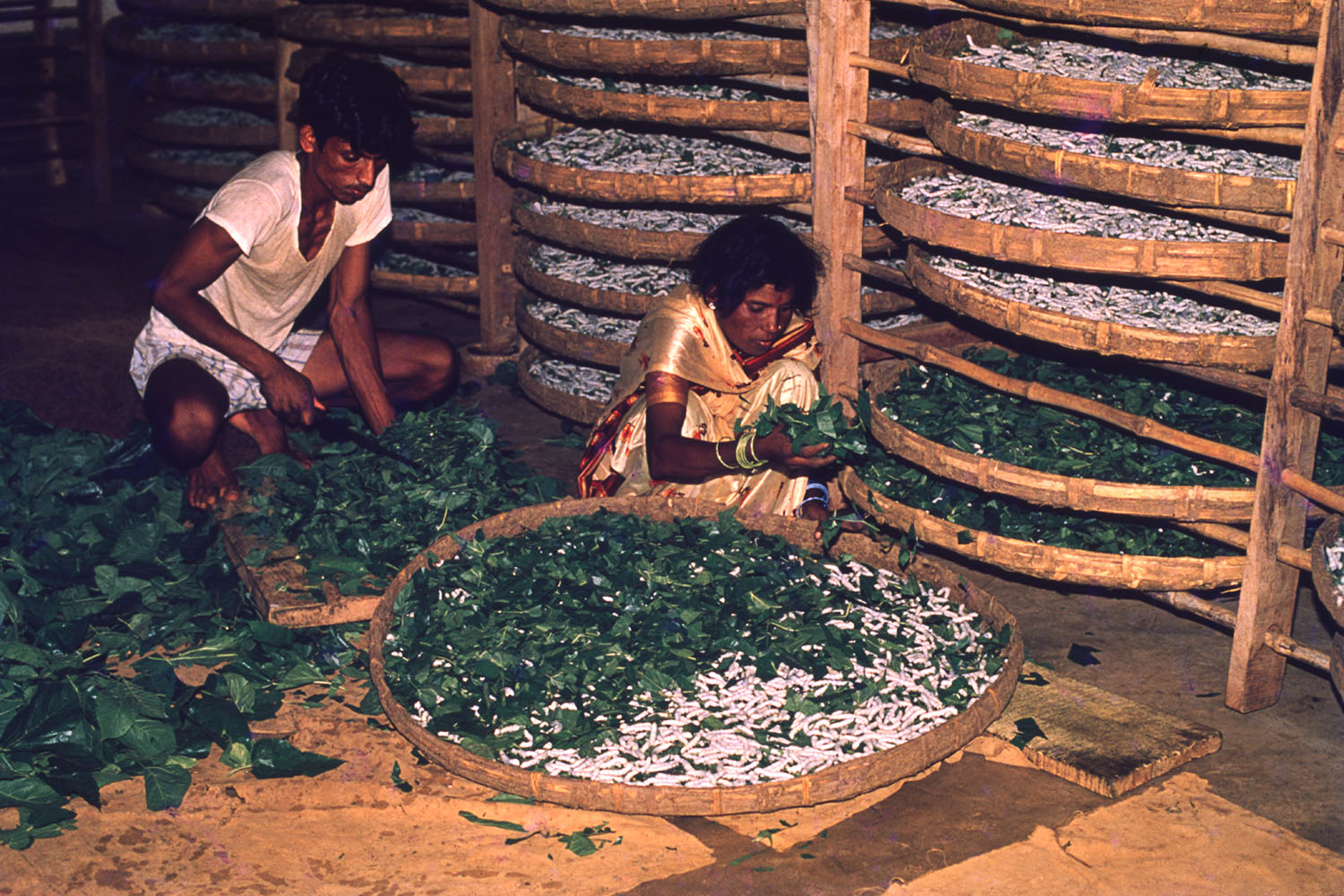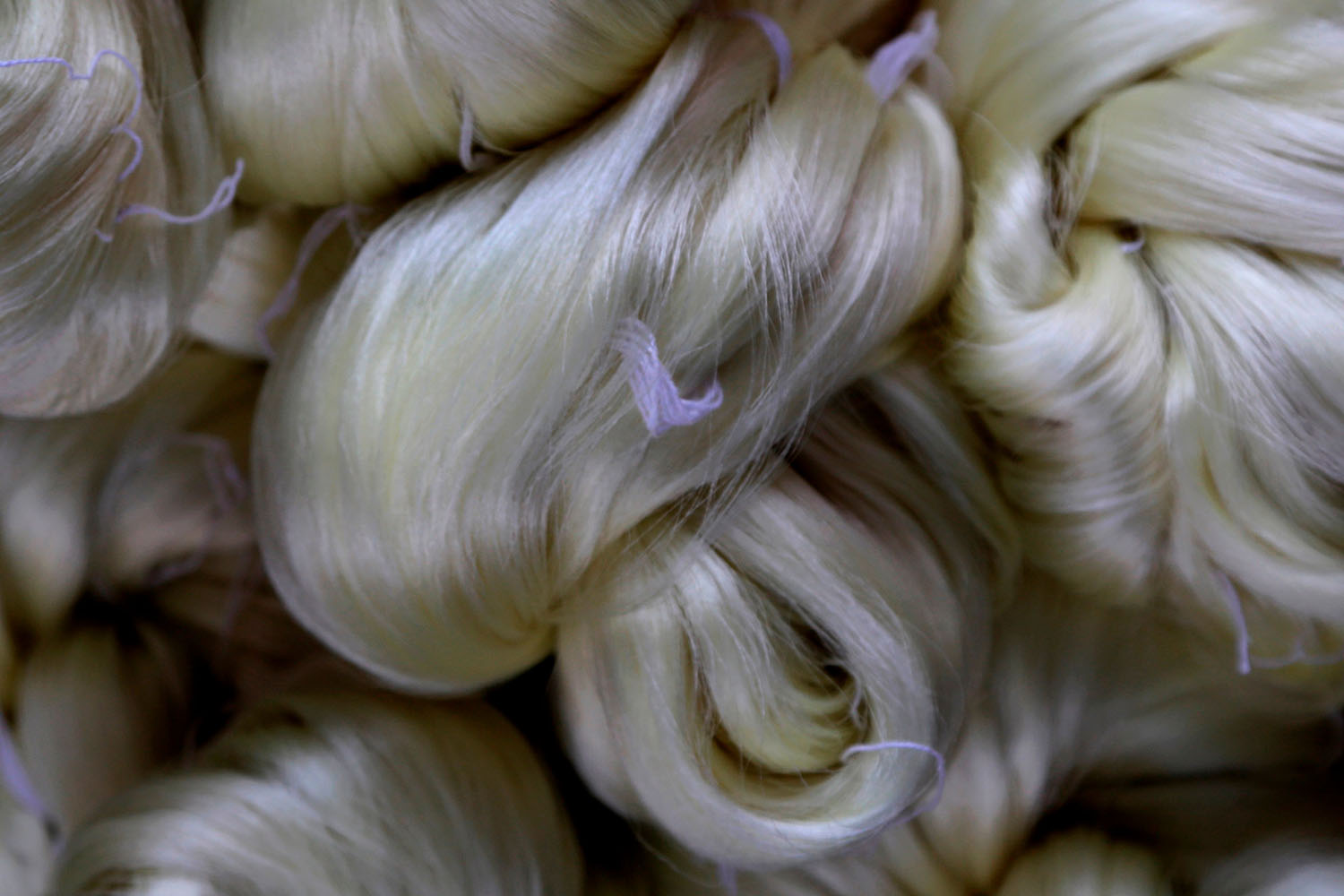ARTICLE
Mulberry Silk
In the medieval period, pat, a variety of Bombyx silk was patronised by the Ahom rulers of Assam (c. 1228–1894 CE) and may likely have been introduced in the region from Bengal. By the late medieval period, textual evidence suggests the presence of mulberry sericulture in the Bengal and Kashmir regions. The fifteenth–century account of the Chinese traveller Ma Huan provides an account of mulberry cultivation for silk production in Bengal, while in Kashmir, the industry likely dates to the sixteenth century.
In the seventeenth century, Bengal emerged as an important centre for mulberry sericulture in the subcontinent, in terms of production and export. The town of Kasimbazar (now Cossimbazar, near Murshidabad, West Bengal) was at the centre of this growth, with mulberry cultivations an important feature of the area. By the mid-seventeenth century, the region had attracted the attention of Dutch and British traders and emerged as an important source of silk for European and domestic markets, the latter including the region of Gujarat, which had been heavily reliant on Chinese raw material for its woven silk goods.
In Bengal, the English East India Company introduced a few different mulberry varieties, distributed financial resources and held training for local workers by European experts. One such intervention was the introduction of a new technique of filature or reeling of silk, aimed at matching the product with the requirements of the European market. In addition, the Company also played a significant role in promoting mulberry sericulture in parts of southern India. In Kashmir, in the late nineteenth century, a stagnant mulberry sericulture industry was revived under the Dogra rule with inputs from Sir Thomas Wardle, a noted British sericulturist. The means here included the importing of eggs from France and restrictions for the protection of mulberry trees.
In the post–independence era, mulberry silk has been produced primarily in the states of Karnataka, Tamil Nadu, Andhra Pradesh, West Bengal and the union territory of Jammu & Kashmir. India is the second-largest global producer of mulberry silk after China. In 2020–21, the volume of mulberry silk produced in India was 23,896 metric tonnes out of a total raw silk production volume of 33,770 metric tonnes. The Central Silk Board, instituted in 1948 under the Indian Government’s Ministry of Textiles, is responsible for the promotion of mulberry and non-mulberry sericulture in the country. It has institutes dedicated to mulberry silk in Mysuru, Karnataka, Behrampore, West Bengal and Pampore, Jammu & Kashmir and works with state-level sericulture units. Its research projects include studies of mulberry varieties tolerant to different climate conditions, disease and pests and the rearing of hybrid silkworms for better yield and quality. In addition, the Board conducts academic and training programmes in sericulture and aids in the procurement of silk seeds, the technical term for silkworm eggs.
Despite these interventions, Indian mulberry silk faces a significant challenge from Chinese mulberry silk, which is imported into the country. The Indian variety is considered less suitable for power-looms and the lower price of the Chinese yarn has also resulted in its wider adoption in several traditional handloom clusters.
Bibliography
Our website is currently undergoing maintenance and re-design, due to which we have had to take down some of our bibliographies. While these will be re-published shortly, you can request references for specific articles by writing to hellomapacademy@map-india.org.










